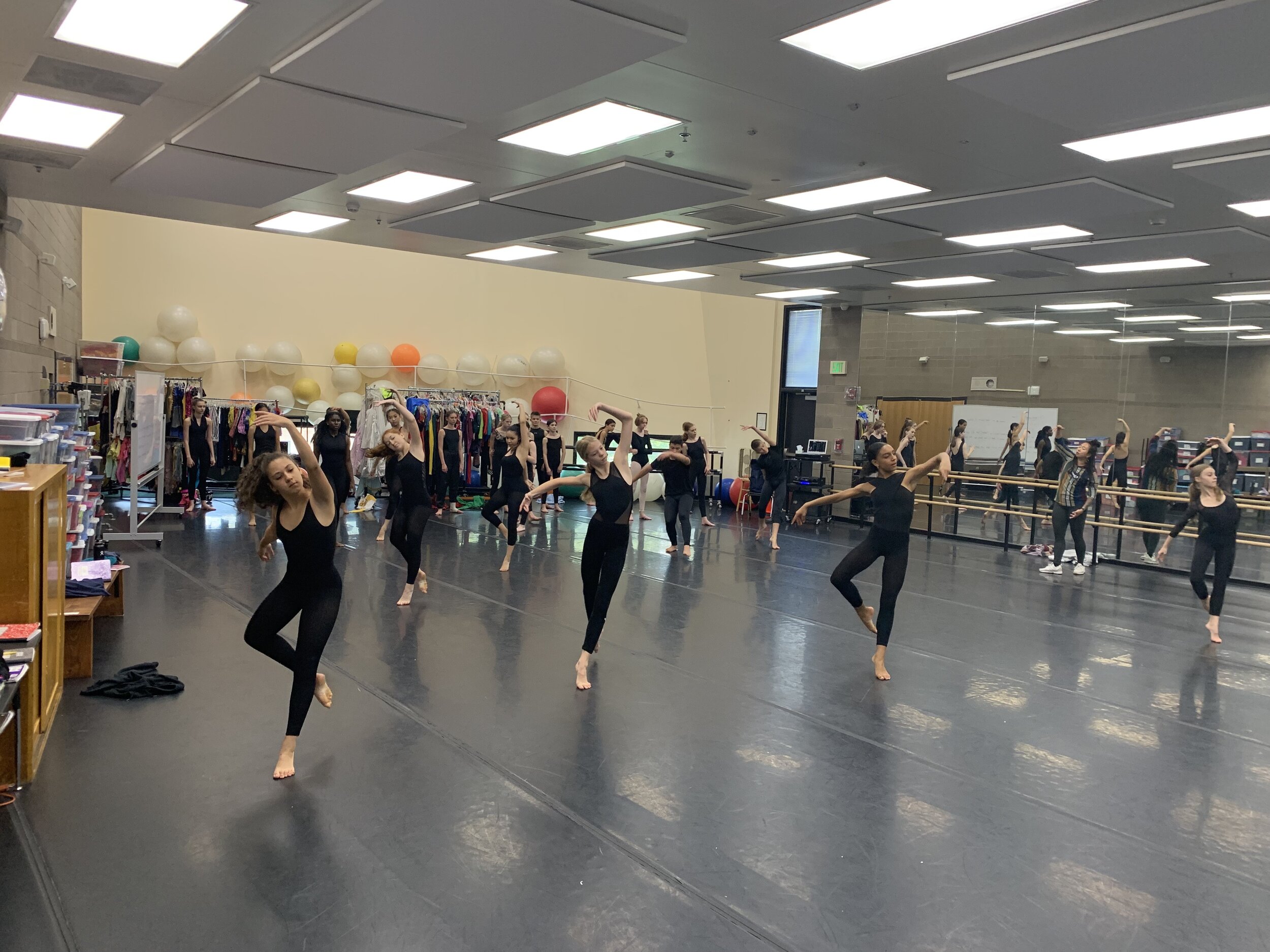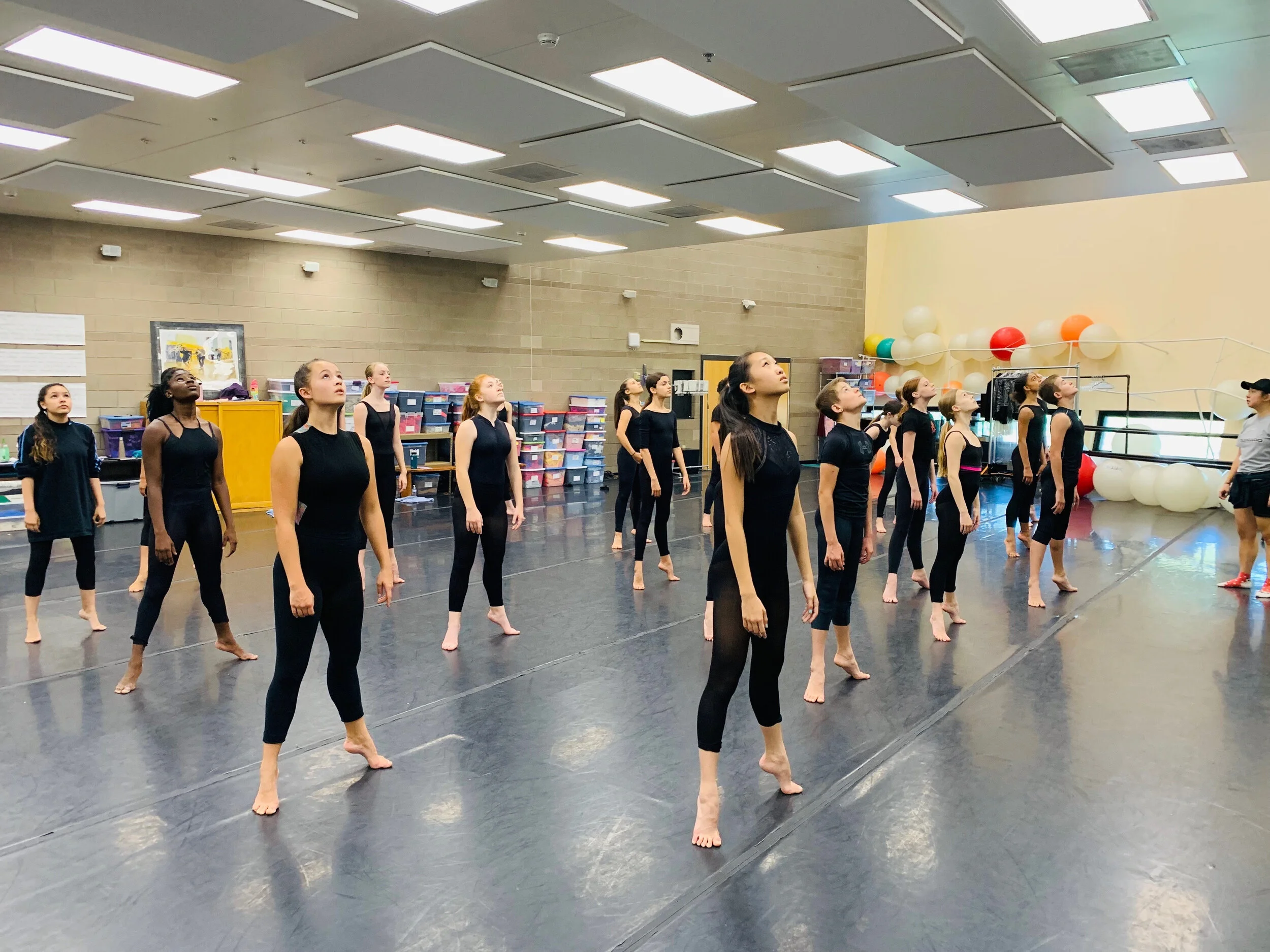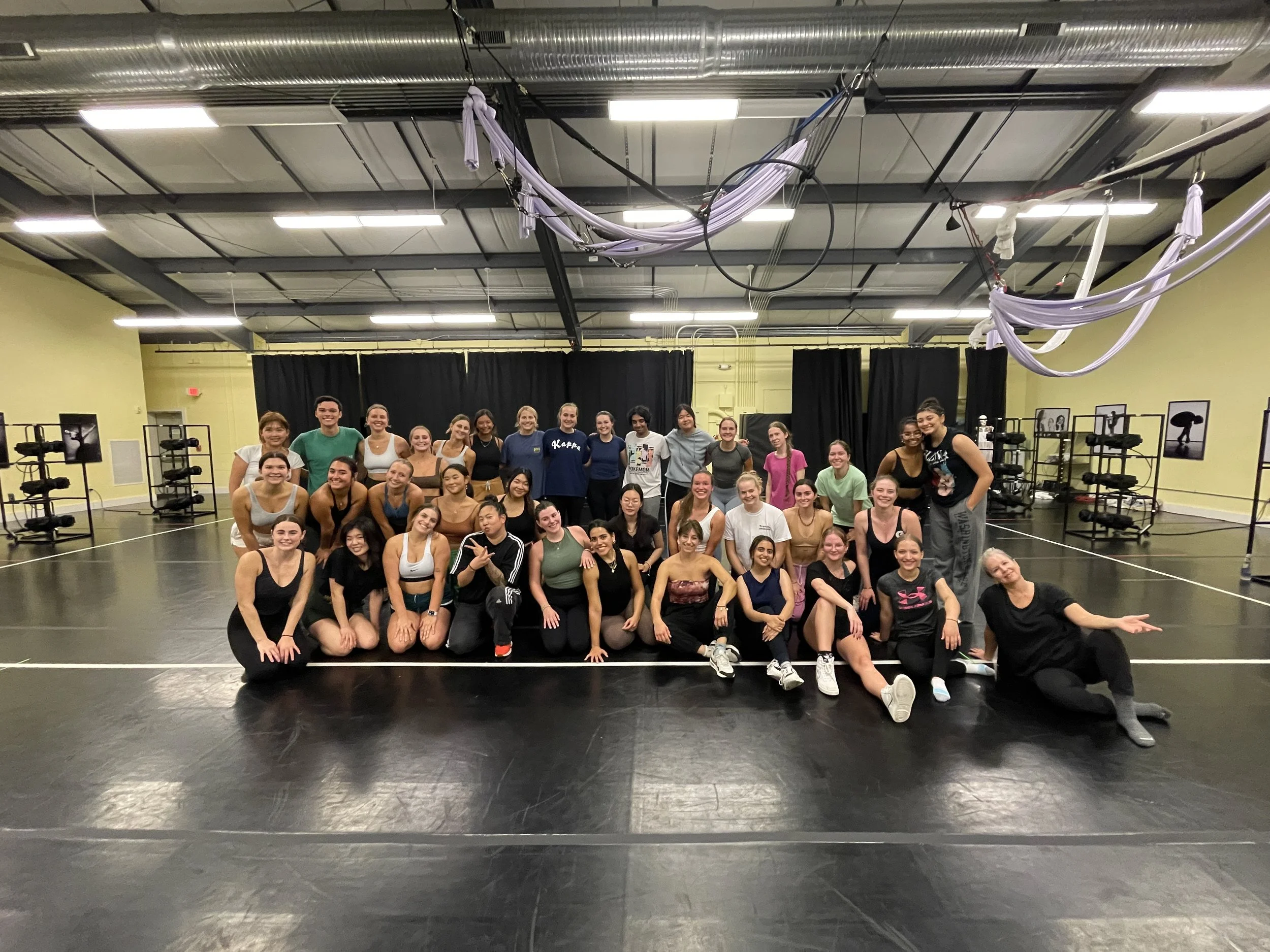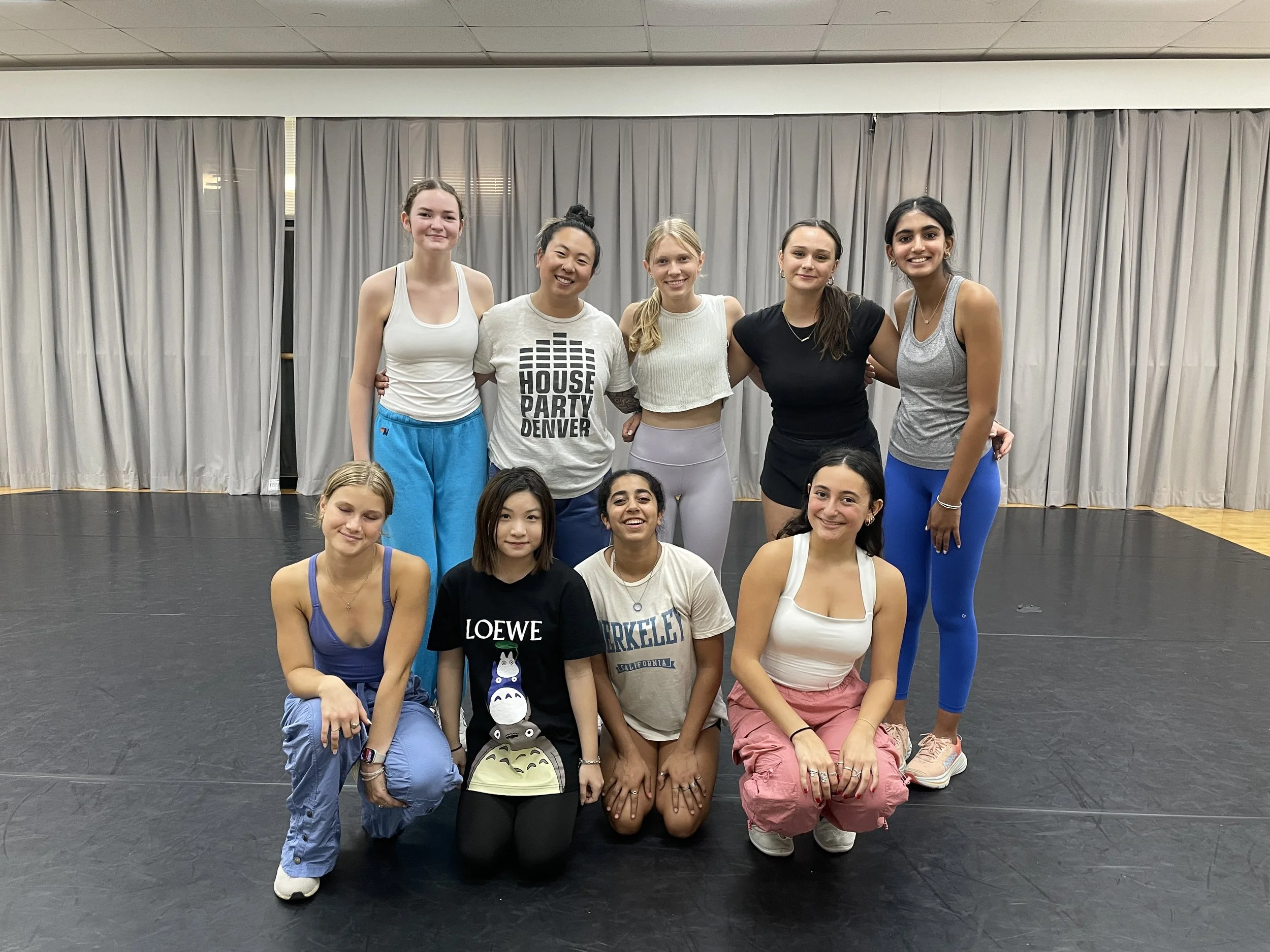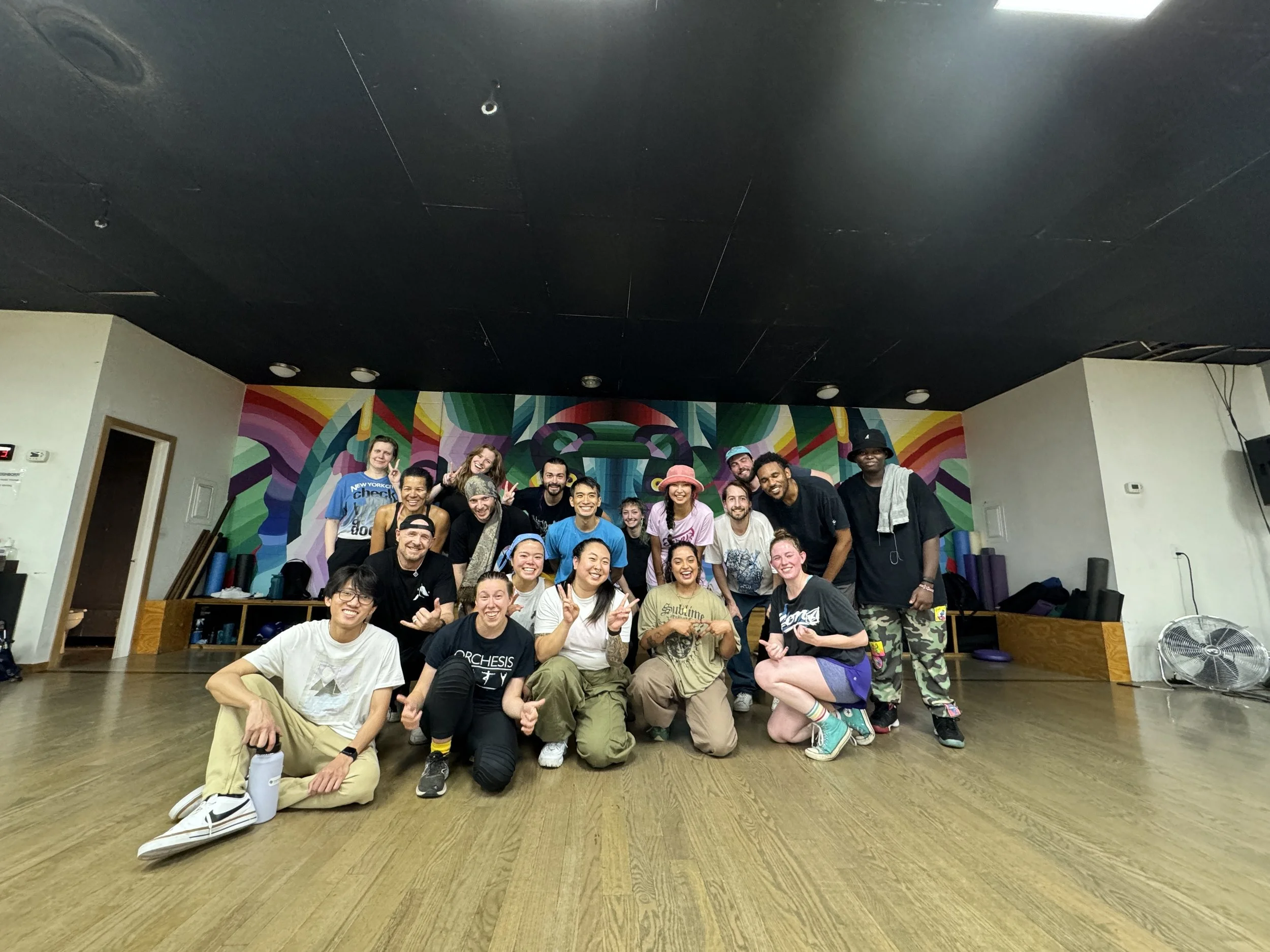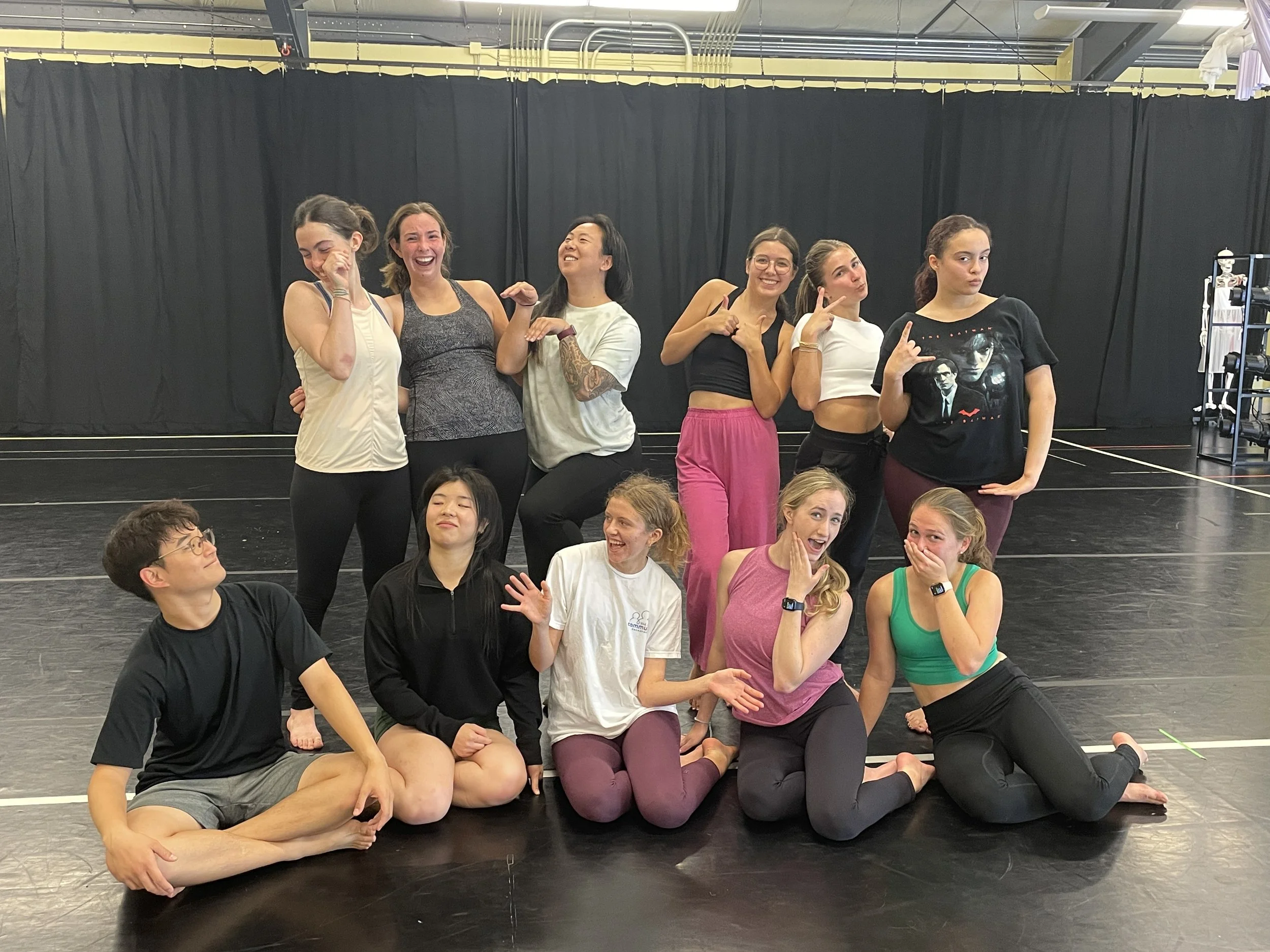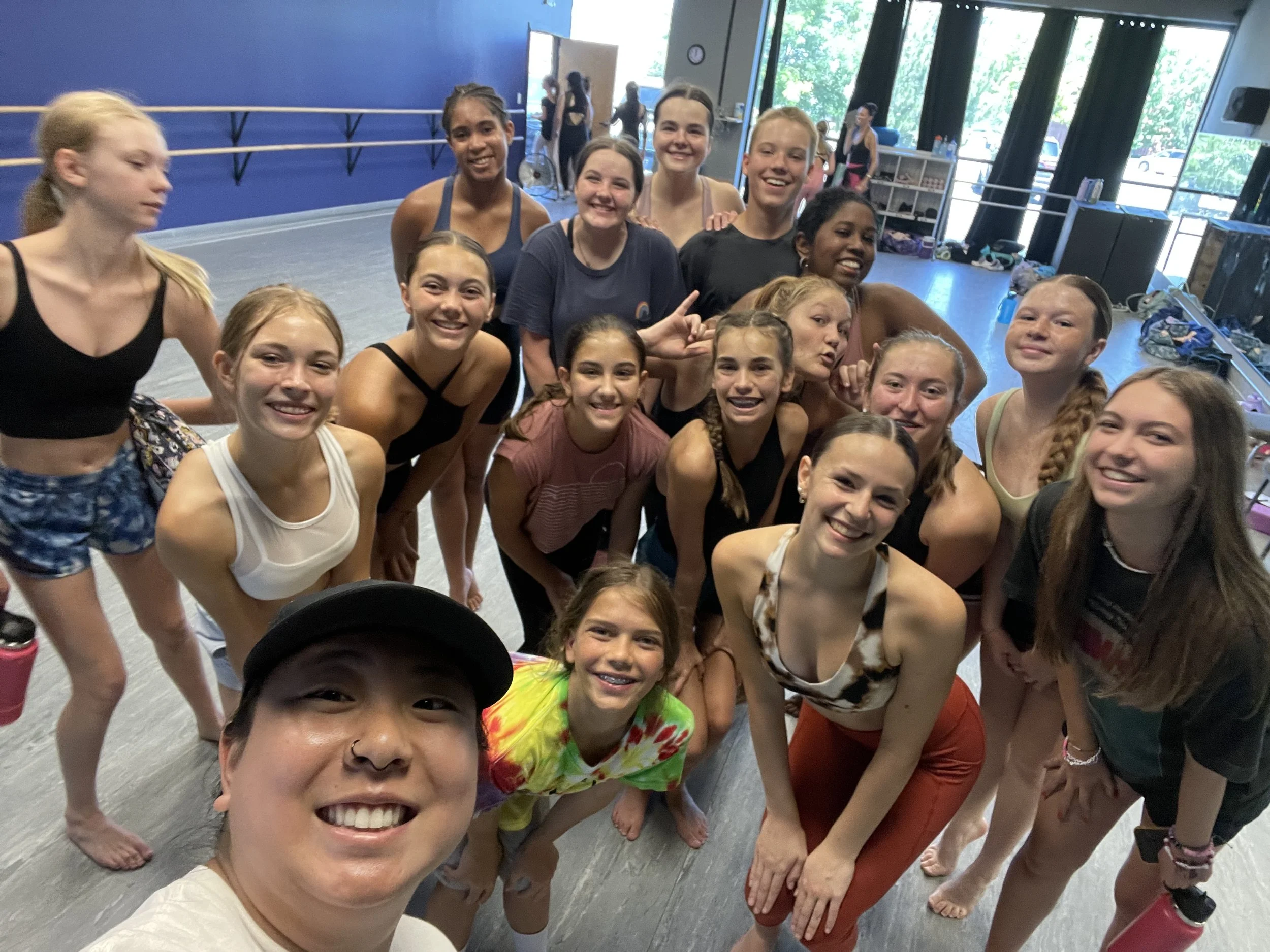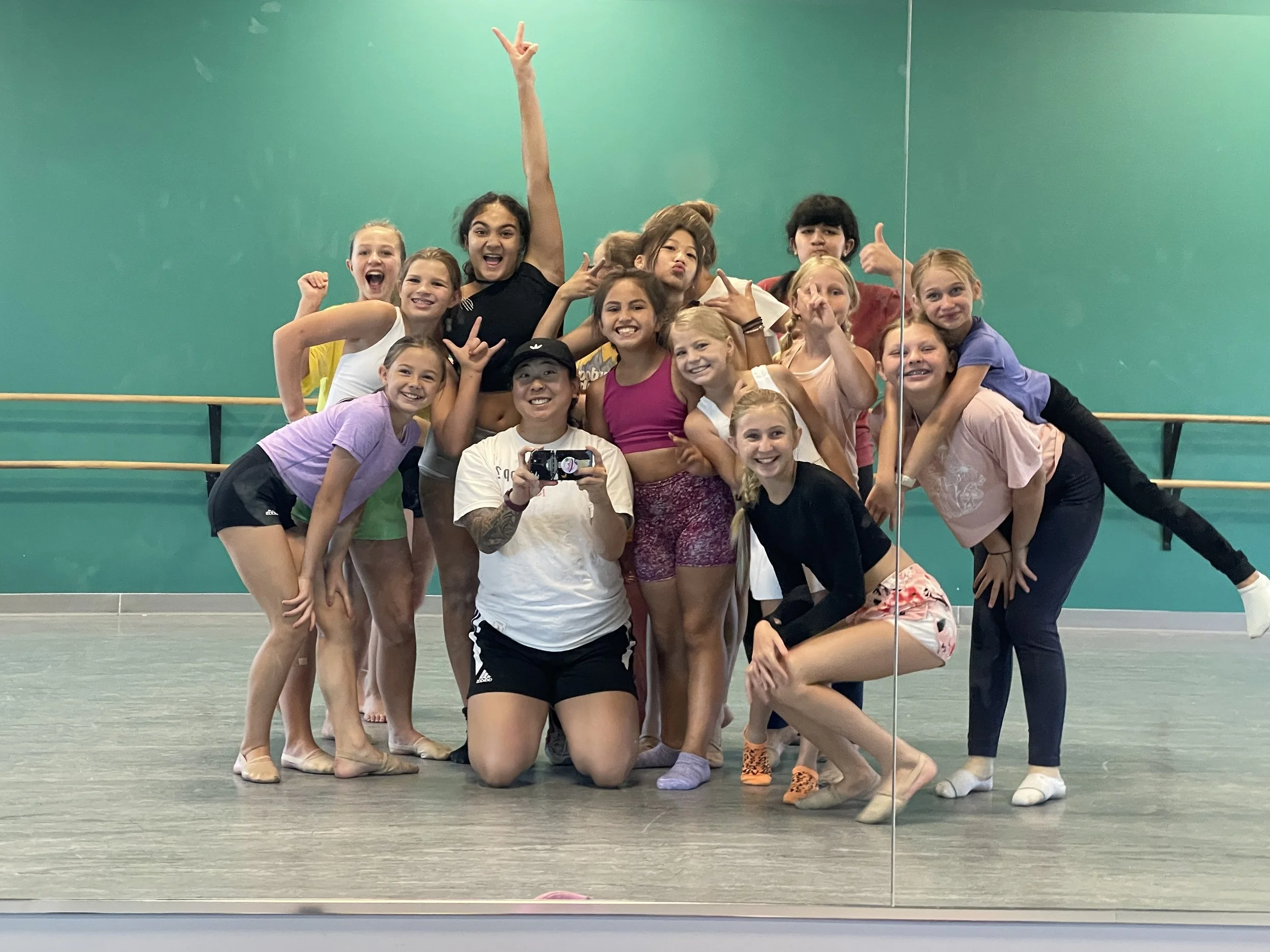Teaching Philosophy
Teaching Philosophy
Under the meta of ‘dance,’ I identify and connect most with the following: - Performer - Choreographer - Dance educator - Facilitator
I dedicated myself to these “titles” since declaring dance as my career path in 2010. As a dancer of 23 years, I’ve had the opportunity to witness and experience a variety of instructors and teaching styles - the good and the bad. Throughout the 13 years of teaching professionally in studios, schools, universities, and within different communities, I’ve applied, molded, adopted, and shifted these different teaching styles to my own unique classroom experience. In these 14 years of instruction, I have seen dance change lives, save lives, inspire new dancers, old dancers, dance enthusiasts, and uplift people, while creating authentic community interactions and connections.
I believe that dance is a radical movement; and as a radical movement, I believe that choosing to become a dance educator is a radical practice and career choice. I don’t know if I consider myself to be a radical dance educator, but I believe that the content of my lessons, both in lectures and in technique courses, expresses radicality in unconventional ways. I also believe that dance is a powerful tool that, if used correctly, can transcend the superficial constructs of society allowing individuals to feel empowered to regain, and reclaim, the autonomy of their body, identity, and sexuality. I aim to foster a space for students to learn, create, and explore movement through improvisation, movement exercises, and choreography. While holding this space, I encourage all students to radically practice authentic self-expression, self-love, humor, openness, and boundary setting by instilling these practices onto myself and into the lessons.
My job as a facilitator is not only to hold space for students to grow as artists and individuals, it is also to foster a learning environment in which they can dive deep into their ‘why’ for their dance, their choreography, and their performance. I approach technique class as an opportunity for play. The approach to my Modern dance-based classes is molded within the traditional class structure, i.e.: floorwork, tendu/plie, legs swings/legwork, across the floor, and the occasional phrase work to apply the technical lessons into movement. This is then fused with other Modern dance elements and concepts such as improvisation, contact improvisation/partner work, student-to-student choreographic collaboration, and feedback sessions to name a few. Additionally, I utilize my somatic background in the Alexander Technique, I employ imagery to create efficiency and ease in the body for the execution of movement. These images assist in the formation of my technique exercises aiming to heighten kinesthetic and somatic awareness in the students.
In my Street dance-based classes (House and Hip-Hop), I make a conscious decision to disclose my relationship with Hip-Hop and within Hip-Hop. As a guest in the culture of Hip-Hop, I believe it is my duty to ensure that dancers being introduced to the culture, dance, and music, must have an understanding of the HIS/HERstory of Hip-Hop. I believe they must understand the tumultuous relationship that Hip-Hop and Black American culture continue to have with the
greater U.S. American culture. I am teaching from this lens, because I perceive anything otherwise to be a disservice to Hip-Hop culture, its creators, and to the students. I do not teach commercial, or industry, “hip-hop choreography”. Rather, I teach Hip-Hop Proper and House dance fundamentals. Both of which include, cyphering, freestyle practices, drilling, and vocabulary. The goal is to dismantle the idea of Hip-Hop not being a technical dance form because it is a diasporic form, and also that Hip-Hop is more for fun, rather than, because it is a way of life, like Ballet or Modern. Without groove, there is no dance in Street styles. Drills give the students an opportunity to learn the groove of the dance whether that be the Hip-Hop bounce, House jack, or the Funk rock. The vocabulary allows the students to connect the groove to the move, and freestyle allows them the time, space, and tools to generate movement based on the foundations.
In lecture courses, I seek to connect the “old school” to the “new school” in both Modern-based lectures and Hip-Hop based-lectures by engaging the students in active critical thinking as early and as often as possible. Cultivating a learning environment where students have the opportunity to frequently practice active learning and engagement with the material, each other, and in groups set the students up for assignments and exercises requiring critical thinking based on dance theory. I set expectations for the students at the top of the course and provide space for the students to express their expectations of me. By setting these “ground rules” I believe that the students and myself are nurturing a lecture space where opinions, differing or otherwise, can be expressed safely, as long as there is the understanding that discrimination, racism, violence, homophobia, xenophobia, or intimidation is zero tolerance. I expect every student to practice personal and academic integrity. My goal is to facilitate an atmosphere that allows students to push the boundaries of “what they know” and to keep an open mind while respecting each other’s perspectives and translations of the course content.
Both my lecture courses and technique courses are built on historical and cultural contexts that anchor us (the students and myself) in movement and/or theory. Having an understanding of “what happened then” allows us to better situate ourselves in the world, the communities we choose to participate in, and the dance we’re performing/studying/criticizing. Understanding positionality, privilege, and power affects the perception of the world, ourselves, and each other. I believe that intentionally opening, and holding spaces, for students to understand themselves in relation to these three elements creates a safe, positive learning environment in which students may enter the space as their authentic selves every class session. Overall, I aim to cultivate a classroom culture that nurtures deep inquiry, curiosity, passion, respect, self-analyzation, and self-expression.
Vivian Kim played huge role in my dance life as a bridge to the world of music and movement. Her dance class was my first class I attended in Boulder, Colorado. That was three years ago and a lot has changed. Her knowledge and care encouraged me to dance and co-host an event that centers woman and non-binary people. Vivian was our quest teacher as many dancers here perceive her as a mentor and see as a big inspiration.” - Zhuldyz B.
"Smoke" original choreography by Bada Lee - Street Woman Fighter
Ms. Vivian is not only a creative genius and an extraordinary choreographer, but an empowering Asian American mentor. I am honored to have been taught by her as a middle schooler and to have grown up with such a strong female role model. - Saige J.
